Soil Probes to Soil Insight
How your data gets from your farm to you
Wireless NPK Readings Straight from Your Field
Our seamless process gives farmers real-time data that they can use to make better decisions. Leveraging wireless sensors and machine learning, farmers can reduce fertilizer costs and increase crop yield. Teralytic allows farmers to make better decisions regarding their profitability and carbon emissions.
Collect
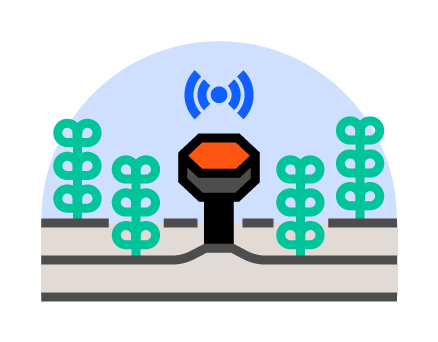
First our probes collect data from your soils and send wirelessly via LoRaWAN, a long-distance network that transmits sensor data up to 10 miles away.
Aggregate
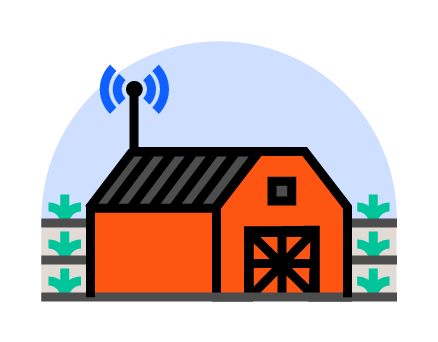
Next, our gateways aggregate all probe data and send it to the cloud in a secure, continuous, live stream.
Analyze
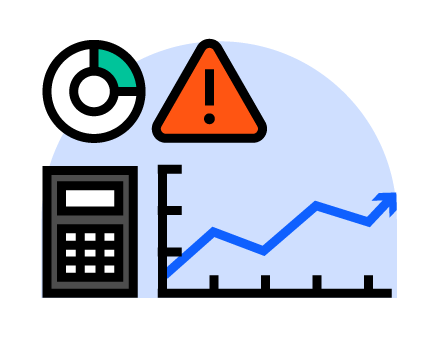
Then, in our cloud, we run analytics on your data based on soil conditions compiled by governments, universities, and the unique criteria from your farm.
Report
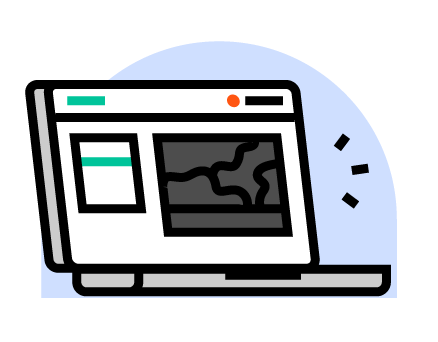
Lastly, we report back to you with real-time and predictive insights using readable charts – and you use the insight on your farm.
MAXIMIZE YOUR YIELD WITH PRECISION SOIL MONITORING
When it comes to calculating how many probes you need, there are two main ways to do it: per acre and per crop.
The per-acre method is the most common, and it involves placing one probe every 20 acres.
This field is about 134 acres (54.13 hectares), leaving the need for about 7 probes.
Per-acre probe placement is a good option if you have a large field growing a single crop. With just one Teralytic probe per 20 acres, you can accurately measure and track soil health to make informed decisions during your growth season.
TAILOR YOUR SOIL MONITORING TO EACH CROP
Per-crop probe placement is the most accurate way to measure the needs of each crop.
By placing one probe per crop, you ensure that each crop is getting the water, nutrients, and sunlight it needs to thrive. This can lead to increased yields and profits.
This field is split up by crop, one crop having an area of about 10 acres (4.04 hectares).
By knowing exactly how much each crop needs, you can avoid overapplying or underapplying fertilizer, water, and other resources. This can save you money and help to protect the environment.
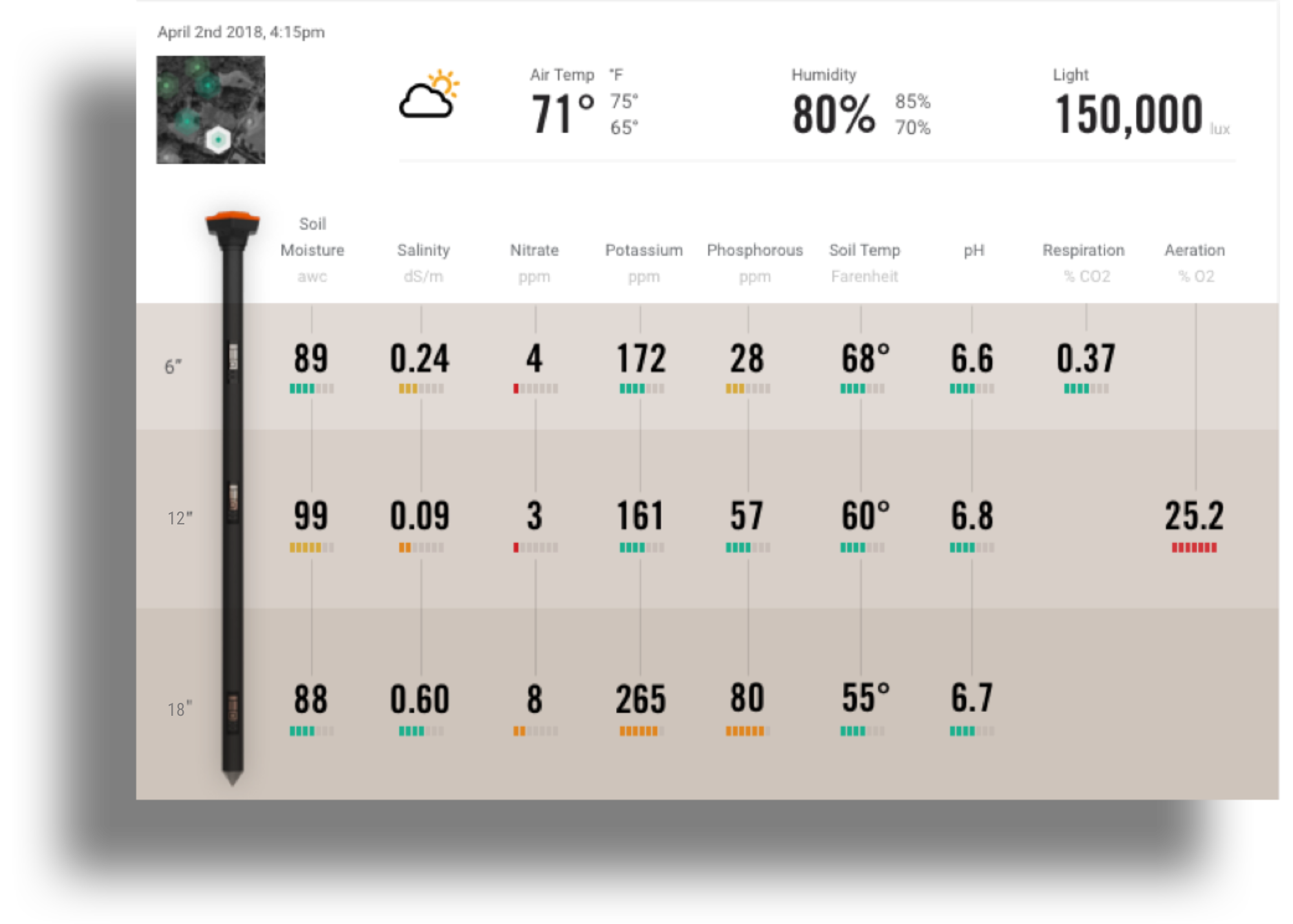
From macro to micro
Drill down from your overall farm to individual fields, and even probes, for detailed microclimate data and more.
In a hurry? No problem. Our color-coded system makes it easy to get a sense of what’s happening without needing to dig in too deep.
DETAILED ANALYTICS
Maybe you prefer a more detailed breakdown – we have that too. Easily track how inputs affect your soil conditions and view historic averages reported for each sensor, at each depth.
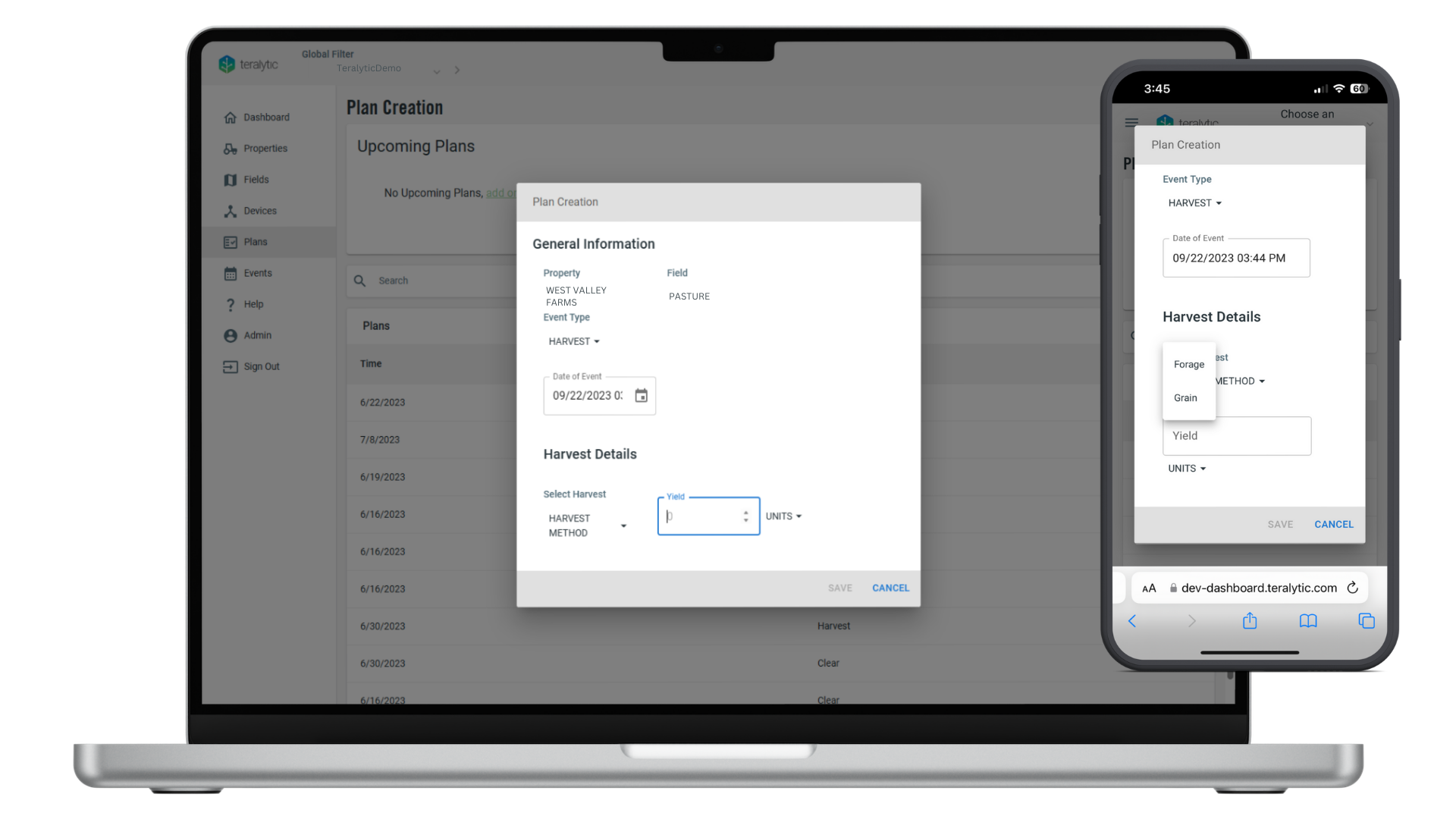
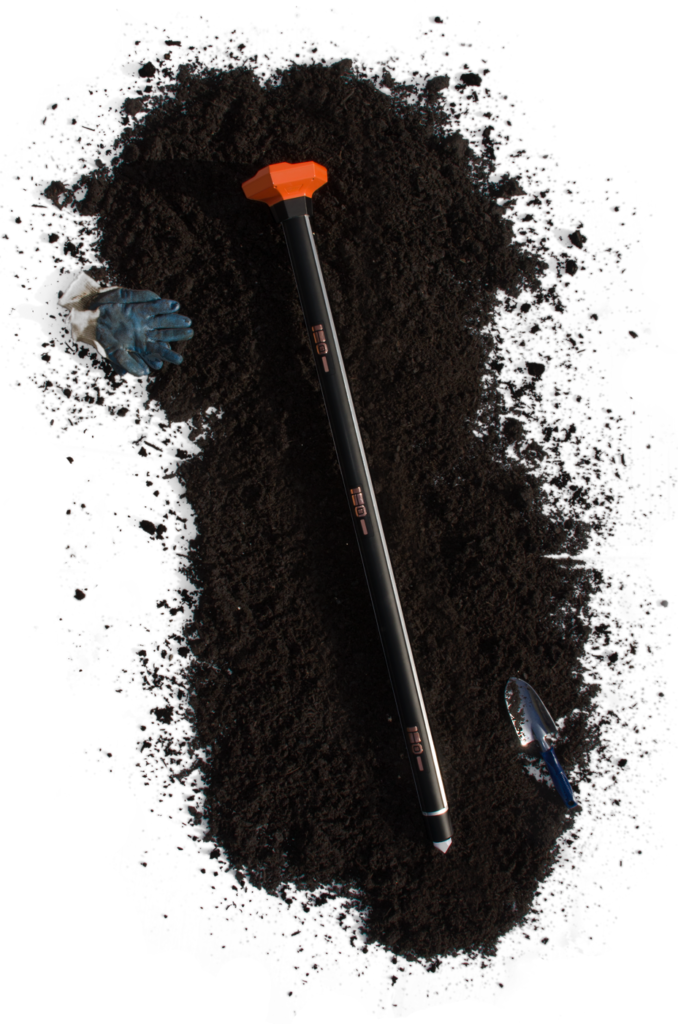
The next step in smart farming.
Take action on underperforming areas, optimize soil health, and reduce your carbon footprint at your fingertips.


